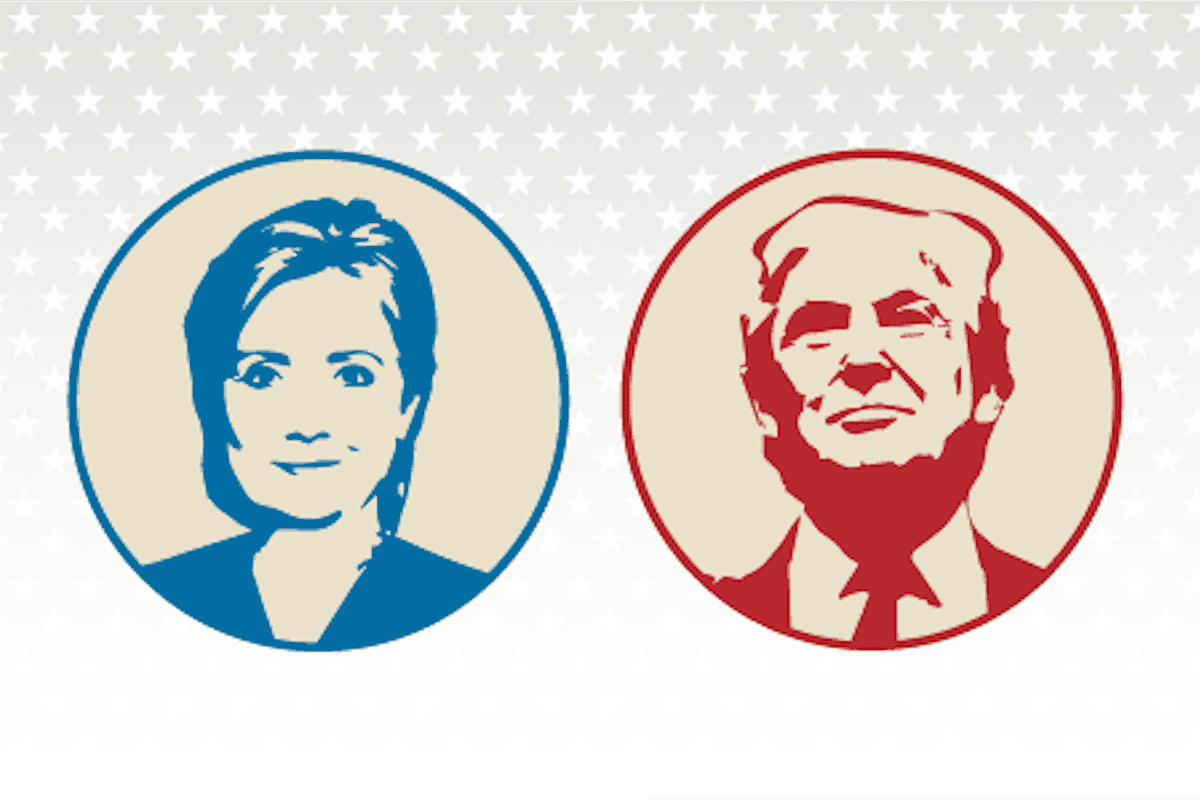What Could the Future Hold for Health Reform?
By Bethanne Fox, October 4, 2016

Remember the Magic 8 Ball? Quick refresher on how it works — you ask it an important question, shake it, and then it answers your question and predicts the future. Well, this may shock you, but it is not incredibly accurate.* While the Magic 8 Ball is just a good bit of silly fun for kids, the idea behind it — the desire, and at times imperative, to predict how things will play out in the future isn’t silly at all. In fact, when it comes to complex and substantially important policy proposals, insight into what the future might hold is essential to informing policymakers and the public.
This need to have some sense of how the policies we put in place will affect us is where predictive modeling comes into the picture. Predictive modeling is when scientists use existing data and statistics to determine how a specific proposal will impact any number of things, ranging from human behavior to the federal deficit. Many rounds of this type of modeling were done in the ramp up to the Affordable Care Act, and much of it fairly accurately predicted the law’s impacts.
Recently, the Commonwealth Fund and the RAND Corporation took RAND’s reliable COMPARE model and applied it to Hillary Clinton’s and Donald Trump’s health reform proposals. They looked at how various proposals would affect the uninsured rate, the federal deficit and consumers’ out-of-pocket costs.
The resulting reports found stark differences between Clinton’s plans to build on the Affordable Care Act and Trump’s plans to repeal the law and replace it. In fact, Clinton’s proposals would increase the number of people with insurance by between 400,000 and 9.6 million, while some of Trump’s proposals would decrease the number of people with insurance by between 15.6 million and 25.1 million.
Modeling has its limits — it can only make predictions when there is enough of the right data to do so. That means the Commonwealth Fund and RAND could not model every single proposal that Clinton and Trump put forward, but they were able to model some of their most substantial ideas, and they explain the details of those they could not model.
In the weeks ahead many of us will likely yearn for the power to see into the future. If you are wondering what the future holds for health reform, I can guarantee you the Commonwealth Fund’s comprehensive online comparison will be more useful to you than the Magic 8 Ball.
*Per the results of rigorous recess research performed by St. Patrick’s Elementary school’s 3rd-grade class circa 1985.
